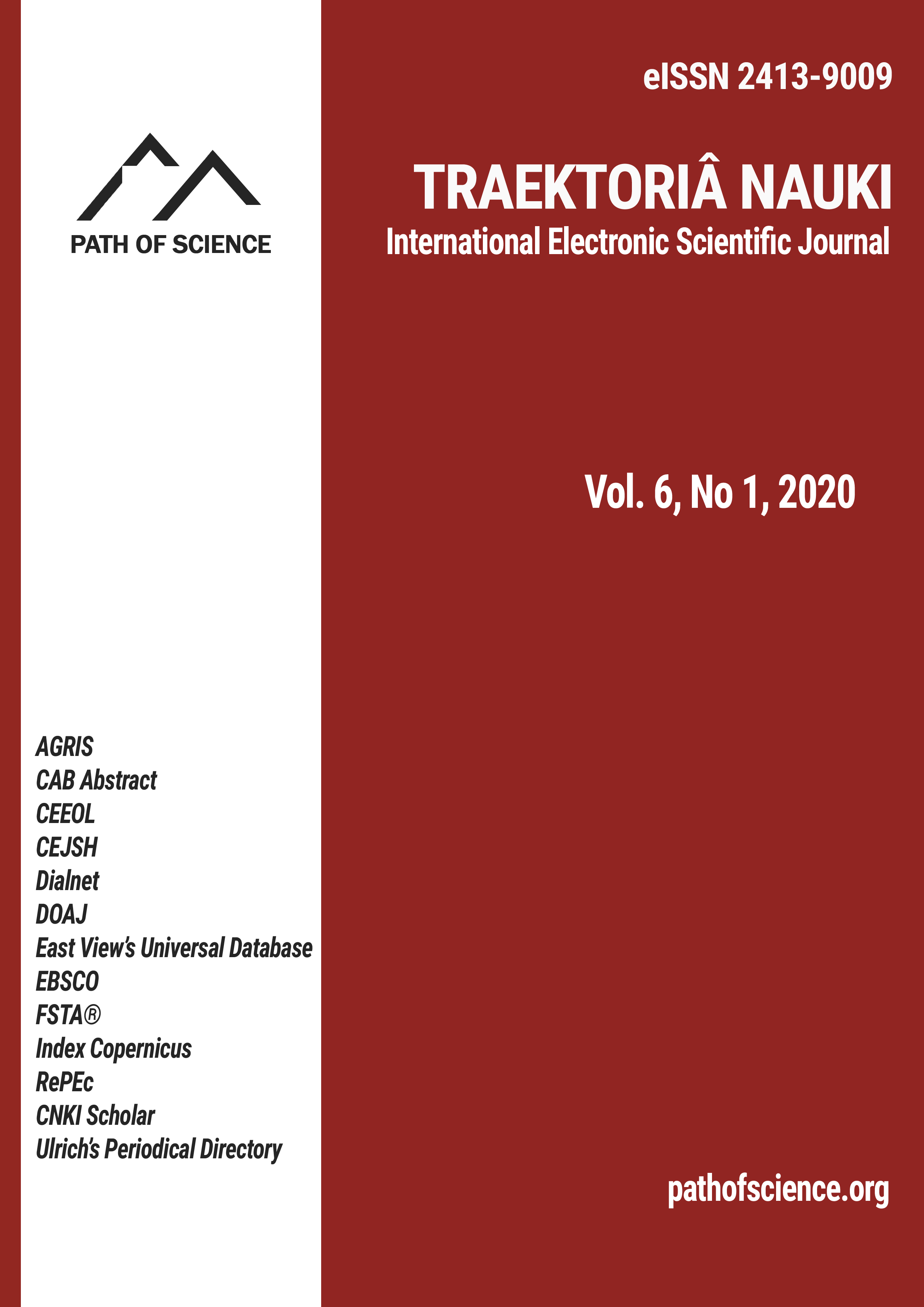A Study on Ordinary Portland Cement Blended with Rice Husk Ash and Metakaolin
A Study on Ordinary Portland Cement Blended with Rice Husk Ash and Metakaolin
Author(s): Olumide Olu Olubajo, Isa Yusuf Makarfi, Menta Samuel Ibrahim, Sholaremi Ayeni, Nwuchu William UcheSubject(s): Energy and Environmental Studies
Published by: Altezoro, s. r. o. & Dialog
Keywords: Metakaolin; Rice husk ash; Consistency; Setting time; Soundness and Compressive Strength;
Summary/Abstract: This paper tries to investigate the effect of replacing Ordinary Portland cement (OPC) with Metakaolin (MK) and Rice husk ash (RHA) on the physicomechanical properties such as consistency, setting times, soundness and mortar compressive strength of ternary cement up to 40 % cement replacement. The soundness of the blended cement pastes and compressive strength of the blended mortars were conducted using Le Chatelier apparatus and Tonic Technic compression machine while the initial and final setting times were conducted on the blended cement paste using Vicat apparatus. Nineteen ternary cement mortars were prepared to comprise of OPC, RHA MK at different proportions and tested at 2, 7, 28 and 60 days. Results indicated that as RHA was gradually increased up to 25% at constant MK content, the volume expansion of the ternary cement paste increased gradually. On the other hand, as MK was increased from 5-25% at constant RHA, the volume expansion diminished. The water consistency of ternary cement paste experienced a variation as MK was increased up to 25 wt% at constant RHA up to 10 wt%. However, at 10 wt% constant RHA as MK was increased the water demand gradually increased. Similarly, an increase in RHA at constant MK increased the water demands of the ternary blends. An increase in RHA from 5-25 wt% at 5-25 wt% constant MK resulted in an acceleration in the initial and final setting times of cement blends. These accelerations could be attributed to the pozzolanic activity leading in shorter setting time. Whereas a series of accelerations and retardations of both setting times were experienced as the MK was increased from 5-25 wt% at 5-25 wt% constant RHA. It was observed that increment in the MK or RHA up to 10 wt% at constant RHA/MK up to 10 wt% resulted in improved mortar compressive strength of the ternary blend in comparison with control. This improvement was attributed to the high silica/alumina contribution to the matrix by MK inclusion, the C/S ratio in the cement matrix and RHA pozzolanic reactivity despite its unburnt carbon. All mortar compressive strength of the cement blends and control experienced an increase as the curing days were lengthened from 2 to 60 days. The enhanced strength compared with the control especially beyond 28 days could be attributed to the slow pozzolanic reaction resulting from the formation of additional CSH and CAH from the interaction of the residual CH and the silica available in the MK and RHA. The best compressive strength at 60 days was obtained at cement replaced with 15 wt% and 20 wt% at MK 5 wt% RHA producing a mortar compressive strength of 40.5 MPa.
Journal: Traektoriâ Nauki
- Issue Year: 6/2020
- Issue No: 01
- Page Range: 3001-3019
- Page Count: 19
- Language: English

